When you strum a chord on an acoustic guitar, what is actually creating that sound? Taking the player themselves out of the equation, which elements combine to make a good, great, indifferent or even bad sound?
Today, I’ll run through my findings with you. I’ve played, performed, recorded, repaired and sold acoustic guitars for decades, and have a real interest in what we consider to be ‘tone’. Whilst tone is a subjective thing, today’s blog will hopefully steer a path that isn’t too biased about a particular sound. In short, it’s not about what I think is good; it’s about what we all collectively seem to love.
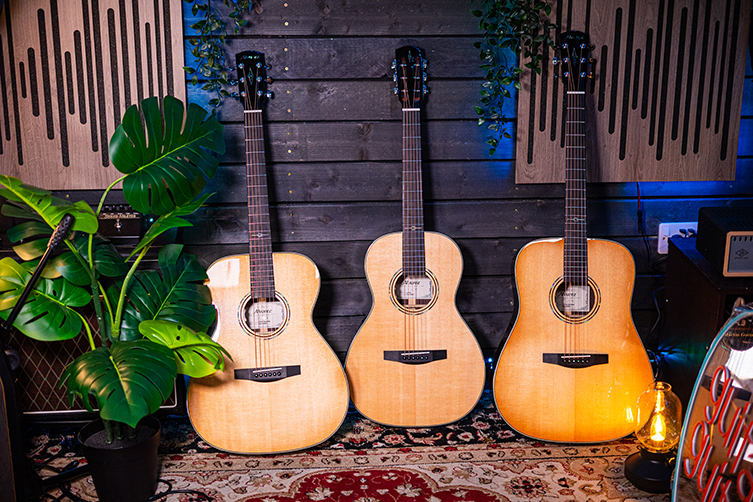
I’ll take each section in turn and talk about what effect - if any - it may have on the final sound of the guitar. You may disagree with me on some of these points, but let’s take a little wander together anyway, through the world of acoustic guitar tone…
Contents
Neck Construction & Build Elements
Wood
- Wood choice matters significantly
- Different combinations of timber can achieve different results
- Solid wood resonates more than layered or plywood
The first thing that most players consider is the tonewoods. Each species of wood imparts its own particular tone, and certain combinations of these tend to be used to deliver the sounds that we want.
As you’ll know, acoustic guitars tend to use one type of wood for the top (or ‘soundboard’ or ‘table’) and another for the body, or ‘back & sides’ as you’ll often see it written. Apart from Mahogany and its related species (which is often used for the whole guitar), we mostly see specific combinations of timbers being used together for a particular effect.
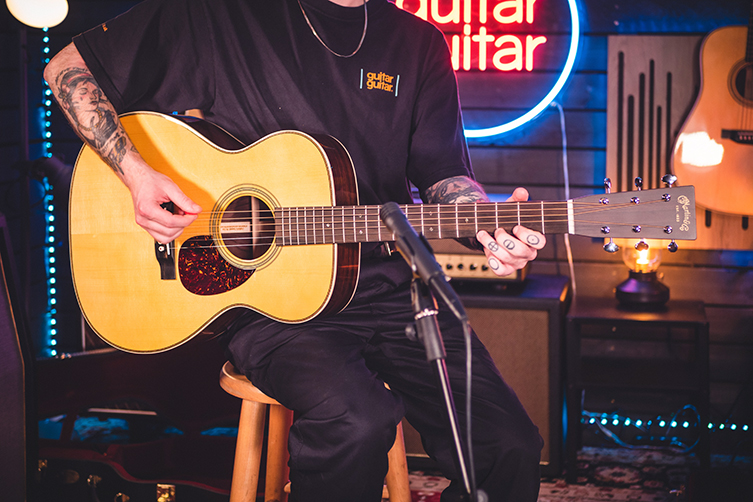
In brief, spruce and rosewood is a combination that pleases many; there is the suggestion of less midrange in the tone, which lots of players enjoy.
Spruce and mahogany is another popular combo, with mahogany adding more to the midrange and also softening up the low end that is provided by rosewood.
Maple is a bright sounding wood. Large guitars such as the Gibson SJ-200 use maple for the body because the brightness complements the big, boomy sound given by the Jumbo body shape.
Wood choice absolutely plays a major role in the formation of guitar tone, but there’s more to it. Let’s keep going.
Guitar Body Shape and Size
- Bigger guitars simply sound bigger
- Timbers can be used to further control the sound of body shapes and vice versa
- The body shape roughly tells you the EQ curve by its outline
Do the actual physical dimensions of a guitar make a difference to the tone?
You bet they do, they absolutely do. But again, other elements can be used to counteract perceived deficiencies in a shape or size.
I’m getting ahead of myself. Speaking broadly, guitars that are physically bigger will sound bigger, and often louder. It’s just like how things are with guitar amps: the 4x12 cabinet sounds bigger than the single 12” speaker, regardless of actual decibel levels. There’s a sheer physical component to the measure of any naturally generated tone, and a guitar sound is such a tone.
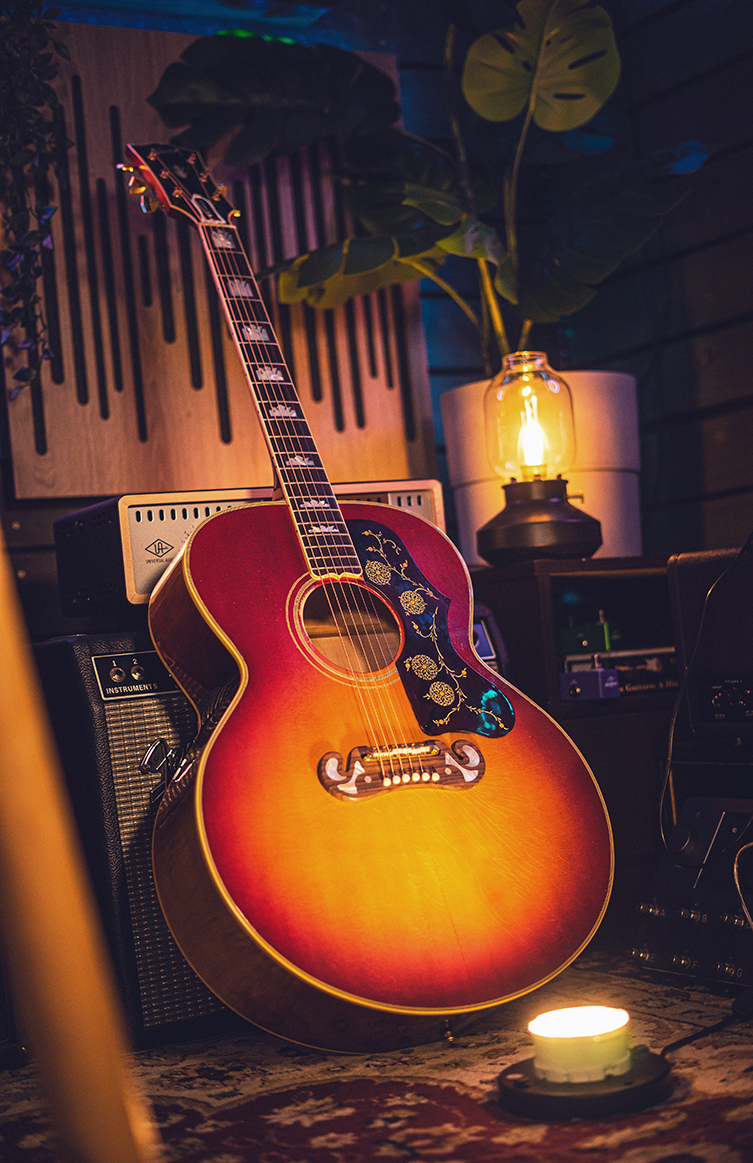
Jumbo guitars have room-filling sounds, whereas mini travel guitars have far less volume and projection, not to mention an entirely different level of bass, middle and treble frequencies in the sound. Dreadnoughts are the most popular guitar design because they are equally effective at loud and less-loud sounds. They are an excellent mid-point for body size, and seem to be a great fit for most things for that reason.
For an in-depth look into the different styles and shapes of acoustic guitar bodies, please click through to my dedicated blog on Acoustic Body Sizes and Shapes. In basic terms, though, any well-made guitar will project well, but larger bodies will sound ‘bigger’ and generally louder.
Two last things for you.
One: look at the outline of the guitar. The upper bout and lower bouts will roughly equate to how much high end and low end the guitar has in its sound. A very pinched waist is also likely to have ‘scooped’ mids in its tone. For example, a 000 and a dreadnought can be summed up sonically by looking at their body shapes. Check out the pic below: the dreadnought has a bigger sound altogether, with a much boomier low and and plenty of mids. The 000 is quieter, has tighter bass and more clear highs.
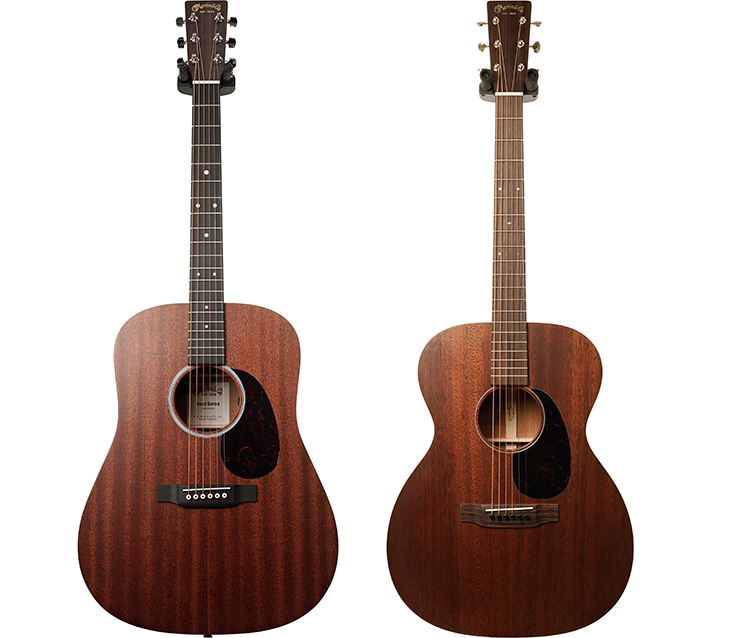
Okay, that was point one. Here’s point two: cutaways do not affect the sound of a guitar. They don’t. At all. Don’t believe me?
Here’s a test. Pick up any acoustic guitar and tap the body at its largest part in the lower bout. You’ll hear loads of resonant sound coming out. Now, keep tapping and move your hand up so that you end up tapping the upper bout, where the cutaway would be. What happened to all of that resonant sound? Did it pretty much stop dead?
There you go.
Bracing
- Bracing is fundamental in tone creation
- Bracing is the guitar’s tone ‘producer’
- Different types of bracing yield different results
Bracing is an arrangement of wooden pieces on the underside of the guitar’s top. Bracing is put there by luthiers to capture and shape all of the soundwave vibrations that bounce around inside an acoustic guitar after a note is played.
Bracing has developed over the years, and different builders use different patterns of wood to achieve different aims. Bracing is where the luthier determines the frequencies they want to hear from a guitar, and what they don’t. Altering the bracing from the initial sound point therefore does affect the sound. It’s kind of like an engineer ‘producing’ a sound, using the wood as tools like EQ and compression, in a natural sort of way.
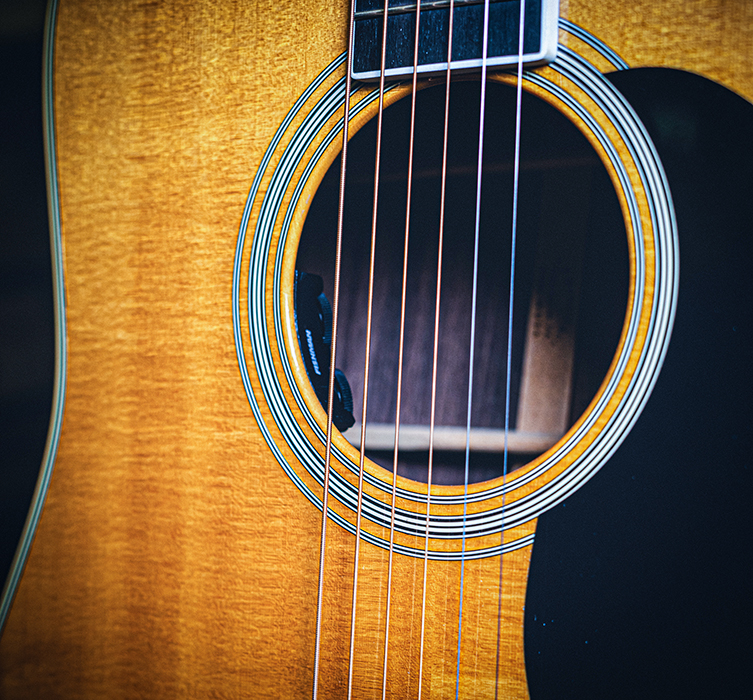
X-Bracing, Fan bracing, Forward-shifted patterns…these are a few of the different bracing patterns used by luthiers, who judge what to do by tapping the wood with their fingers and listening for resonant frequencies.
So, bracing makes a significant difference.
Neck Construction & Build Elements
- There are multiple ways to join a guitar neck to its body
- The better the woods press against each other, the better the tone is
Acoustic guitar necks are made in a number of ways. Some think that a ‘Spanish heel’ makes the most of a guitar’s vibrations. This is because the neck is joined to the top, rather than the body. This is to allow more of the vibrations to travel to the important part of the guitar: the top.
Some makers use bolt-on techniques to join the neck. Sometimes, these can actually come through the fingerboard itself, though not always. Lastly, there is the standard approach, which is to glue the neck to the body and then add the top.
I happen to be of the opinion that everything makes some sort of difference to the final sound of a guitar. That said, I reckon that a well cut neck and neck joint will prove to be effective at carrying sound vibrations whether the joint is fixed by glue or bolts. I feel that the actual wood surfaces being planed correctly for a very tight fit is the best-case scenario. A poor fit won’t make the most of that surface vibration, so you’ll lose tone when the wood isn’t pressed in close.
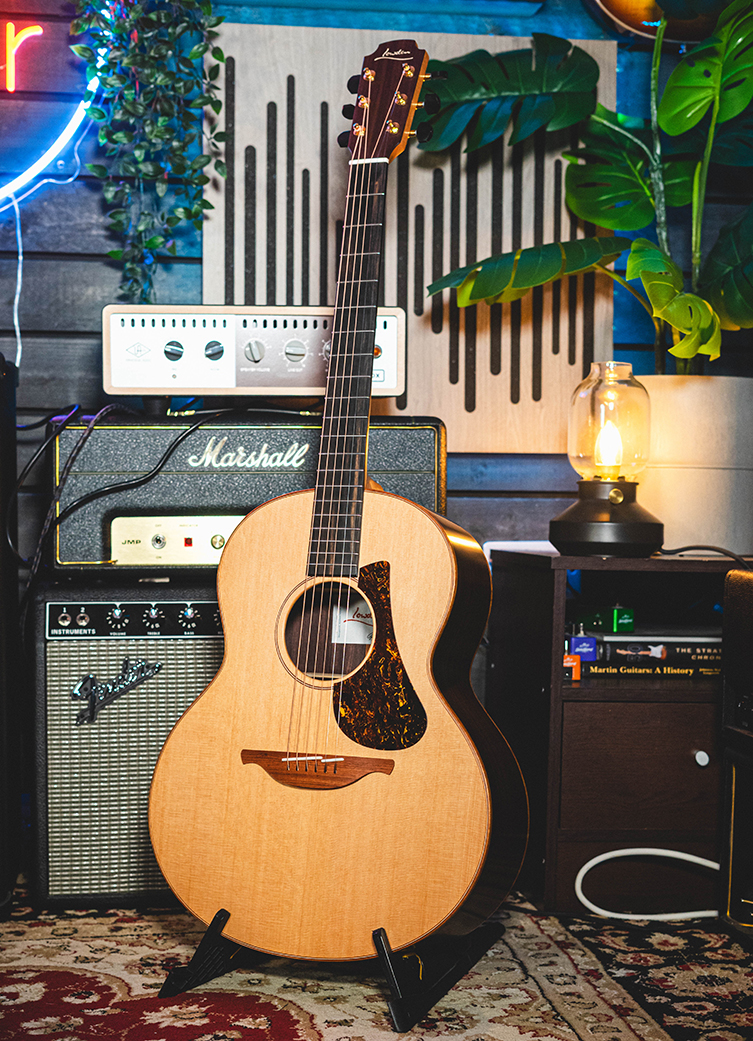
Scale Length
- Scale length affects the feel of a guitar
- I’m not convinced that it makes an audible difference
Can scale length cause changes in tone? I’ll be honest here: this is opinion, not indisputable fact but I don’t think scale length makes any significant difference to the sound of a guitar.
Read that again. The sound of a guitar.
Does scale length change how a guitar feels? How it plays? Oh yes, hugely so! But not to my ears at least does it change the sound.
Longer scale lengths mean that strings are tighter and less loose. You could argue that this affects the cycle of movement, and then the resulting strength of tone etc etc, but I don’t think it’s really there. I do not think your ears would notice anything if your hands weren’t already picking up on a difference.
Age
- Older guitars are 'played in' and 'seasoned'
- Old guitars definitely sound different: most agree that the difference is better
- There are ways to simulate the benefits of old wood with new timbers
Does age play a part in the tone of an acoustic guitar?
Definitely. Age is a real factor, providing that the instrument is made with a solid top or all-solid timbers (in other words, no plywood in the construction) then age will be a positive factor in the sound. It’s what we call ‘seasoning’ and it’s not silly guitar-shop snake oil at all, it’s real! The wood does react over time to vibration, as well as moisture drying out of it. This makes it resonate better, louder and with a clarity that’s hard to find otherwise.
Indeed, many companies now offer ‘torrefaction’ as an option on some of the tonewoods. Torrefaction simulates a century of natural seasoning by subjecting the wood to a high temperature, oxygen-free environment. Not burning it, in other words! This process removes moisture, and changes the inner elemental relationships of the wood molecules (it does!) and darkens the woods’ colour to a nice caramel shade in the process.
So yes, age does affect the tone in a positive way, and this can be sped up significantly by using torrefied wood.
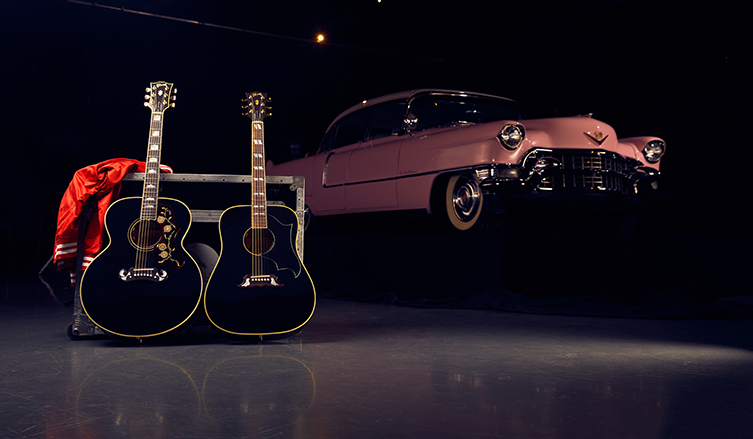
Last Thing: Strings
Yes, this is the last thing. Guitar strings make a big difference. Of course they do! It’s the strings moving in space that allows the guitar to have a sound in the first place!
String gauge might play a small part in the tone. Lighter strings seem to have more treble content and less of the rest, whereas thicker gauges seem more mids-heavy to my ears. This is subjective though, and also changes with other factors: body size, timbers...the stuff we've already looked at today.
Most importantly, though, is the age of the strings. It’s not a sales pitch, it’s just that basic truth that a fresh set of strings has a clarity and zing to them that can’t be captured otherwise.
I definitely recommend changing your strings out if you are unhappy with your acoustic tone. Strings wear out, they accrue grime, and they stretch after weeks and months of use. Changing them will allow you to use the best available sound you can get, direct from the source.
Every Part Plays a Role
So, that’s most of the important stuff that factors into the final sound of an acoustic guitar. Some minor factors were left out for space reasons, so I should perhaps round them up here for completion’s sake:
The wood used to make the neck is important only to a minor degree. Most necks are either mahogany or maple, both of which are good for resonance. As body woods, they are very different sounding, but for necks? I’m not so sure. Do you think you’d hear a massive difference if your dreadnought had a Koa neck instead of a mahogany one? The neck wood will affect things in a very, very small way, from my observations.
The finish does affect the sound of a guitar, but only to a small degree. Polyurethane finishes can dampen the vibration and thus affect overall sound. Thicker finishes are worse for this than thinner ones. Nitrocellulose is typically applied thinly, and so allows the wood to vibrate more freely. This leads to a better tone in most people’s opinions. There is no inherent tonal benefit within either finish though: nitro doesn’t sound better, it allows the wood to vibrate more and that’s what sounds better! The best sounding finish is no finish, but that's not realistic from a market point of view.
I think that’s it for the most part. In summary, every element plays some amount of relevance to the final tone of an acoustic guitar. Not all of these elements have equal effect though,and lots of people ascribe importance to elements that aren’t that significant.
Good wood, tight quality control, a light finish and lots of playing in are probably the main things you need for a great sounding acoustic guitar.
Did you notice that I never mentioned brand names once at all?
Click to View our Acoustic Guitars

